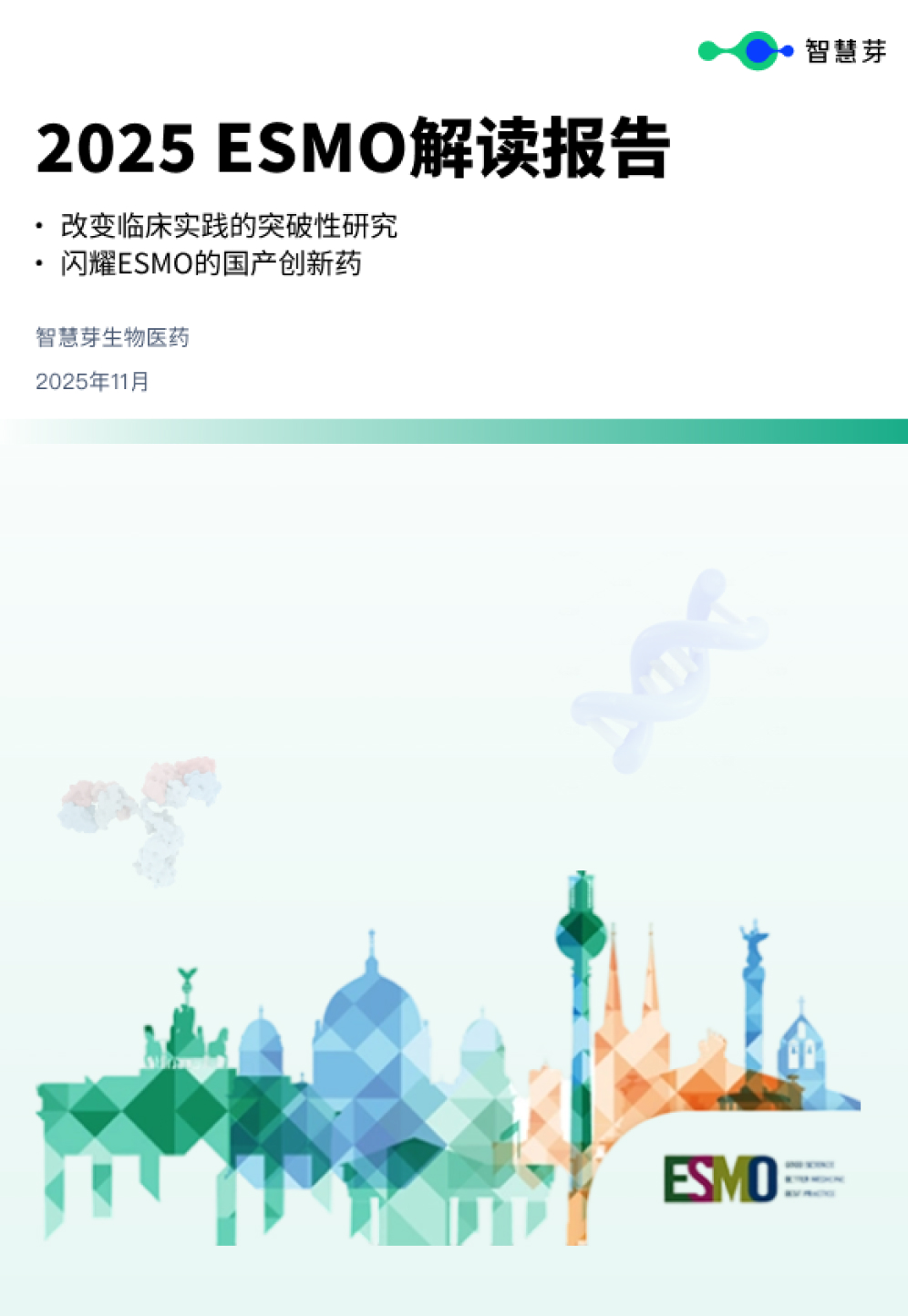预约演示
Q&A: Takeda’s Elena Koundourakis Talks Orexin Program Ahead of Expected Readout
2024-01-12
临床2期多肽偶联药物
Pictured: Red and white Takeda sign on a brick wall/iStock, jetcityimage
Takeda’s work in its orexin franchise may soon reach a new high point as the oral candidate TAK-816 will imminently have a readout in Phase II to treat narcolepsy. Back in 2021, the Japanese pharma put the kibosh on another orexin candidate, TAK-994, due to issues around safety.
But with a readout expected soon, Elena Koundourakis, who has led Takeda’s orexin program for more than three years, spoke to BioSpace in San Francisco to talk about what’s to come for its orexin program.
This interview has been edited for brevity.
BSp: What has been your involvement in Takeda’s orexin program?
EK: I’ve been with the company a long time, but I came to orexin after various roles in oncology, GI, and vaccines because I saw the promise of the biology. I knew at the time that orexin was being developed by Takeda since 2017 [as an] IV for narcolepsy, type one and type two. Still, I knew that orexin had been implicated in sleep-wake from a biological perspective, regulation of sleep-wake, respiration, metabolism.
BSp: What is the previous history of this drug?
EK: It has the potential to serve [an] unmet need in several indications, so that attracted me. . . . We had experience in the sleep field with ramelteon [Rozerem], which was launched in Japan and the U.S. [It] didn’t do extremely well, but it helped us from a chemistry perspective to make the target druggable in terms of having a selective orexin 2 agonist that can penetrate the blood-brain barrier and then modulate the receptor, which is intact in patients with narcolepsy type 1. The peptide is lost . . . but the receptors are intact. So the idea is that you can modulate the receptor, then influence the signaling downstream of the receptor and restore, if you like, the physiological function of patients in narcolepsy. The cardinal symptom is excessive daytime sleepiness, so they often fall asleep throughout the day.
BSp: What went wrong with the other orexin program, and how is Takeda aiming to bounce back?
EK: We bounced back big time. Because it was the first time we were going from an IV to an oral [drug], we had a lot of question marks. When you try to improve the pathophysiology of a narcoleptic patient who in the morning is somewhat sleepy but not really sleepy, and then in the afternoon is sleepy, and then it gets better later in the afternoon. Still, then they are having disrupted nighttime sleep. It is an oral compound, which you dose maybe once a day or two times a day—it’s hard, right? We weren’t sure if, with the oral TAK-994 at that time, [we could] address all the symptoms. . . . So we have had a very active backup programs. [After toxicity issues ended the program] everybody working on 994 started working on TAK-861.
BSp: Even though 994 didn’t progress, results were still posted in the New England Journal of Medicine. What were the most surprising results?
EK: The most surprising result that we found was how well it worked. It was like a complete normalization of wakefulness; they wouldn’t fall asleep. Their wakefulness would be like yours and mine—maybe not during J.P. Morgan. Then there’s the complete suppression of cataplexy, like zero cataplectic attacks, which was incredible. . . . So it’s a functional cure, basically.
Tyler Patchen is a staff writer at BioSpace. You can reach him at tyler.patchen@biospace.com. Follow him on LinkedIn.
更多内容,请访问原始网站
文中所述内容并不反映新药情报库及其所属公司任何意见及观点,如有版权侵扰或错误之处,请及时联系我们,我们会在24小时内配合处理。
靶点
生物医药百科问答
全新生物医药AI Agent 覆盖科研全链路,让突破性发现快人一步
立即开始免费试用!
智慧芽新药情报库是智慧芽专为生命科学人士构建的基于AI的创新药情报平台,助您全方位提升您的研发与决策效率。
立即开始数据试用!
智慧芽新药库数据也通过智慧芽数据服务平台,以API或者数据包形式对外开放,助您更加充分利用智慧芽新药情报信息。




